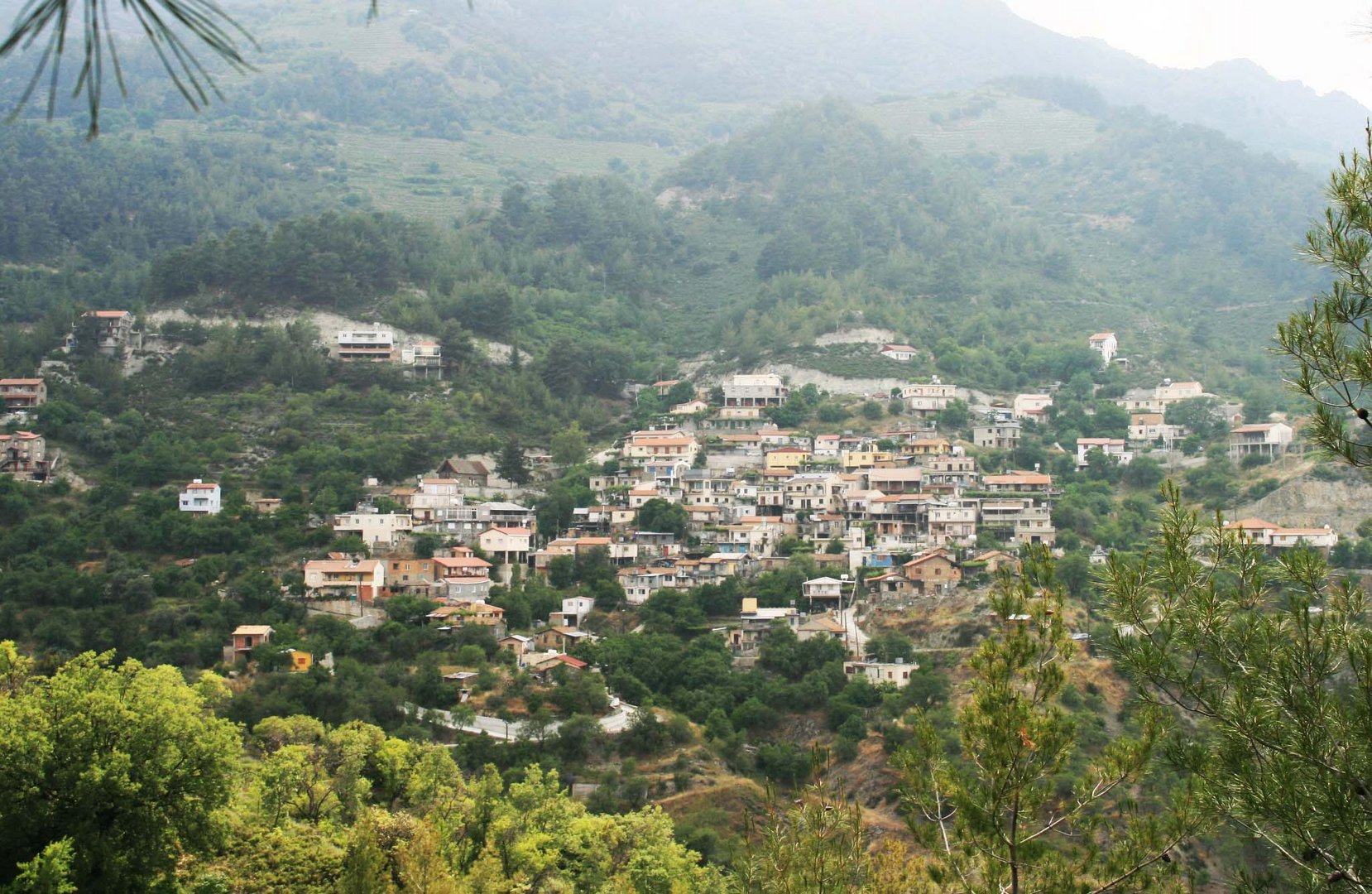In the cool of the mountain air, one village offers a glimpse of the island’s mediaeval past says PAUL LAMBIS
It may be one of Cyprus’ 20 highest villages and a refuge for Eoka freedom fighters during the island’s struggle for independence in the mid-1950s, but Lagoudera village was prior to that known as a royal estate belonging to a Venetian merchant, politician and diplomat whose daughter would become queen of Cyprus in 1468.
At first glance, Lagoudera appears to be a simple hamlet frozen in time, with relics of old buildings, abandoned bridges, and ancient religious sites serving as an open-air museum representing Cyprus’ Medieval past. Beyond the naturalness and simplicity, however, lies a village steeped in opulent history, hidden by nature but waiting to be discovered.
Located in the Nicosia district and at the foot of the Madari nature path, Lagoudera is one of those Cypriot communities that is blessed with wild vegetation including pine trees, sumac, chamomile, hazelnuts and roses. Despite its tiny population, it remains a hidden gem for those looking for a first-hand nature experience or to learn about the island’s vast history.
“The village of Lagoudera was known by the same name during the Frankish period,” president of the Nicosia Tourism Board Theodoros Kringou said. “It falls within Troodos’ Pitsilia region, east of Mount Olympus.”
According to Kringou, the area is made up of about 40 villages that have remained true to their traditions and customs, “which is why these villages are so endearing.”
The changing landscape, the variety of shapes and colours, the old churches and chapels, and the warm hospitality of the local inhabitants make the Pitsilia region one of Cyprus’ most beautiful, he added.
The 12th-century Monastery of the Virgin Mary of Arakas (Panayia tou Araka) is certainly one of the most visited sites in the village. The Byzantine church is one of Cyprus’ best-preserved religious landmarks and one of ten painted churches in the Troodos area that have been designated as Unesco World Heritage Sites.
“The church’s history is recorded within its mural paintings, and there are inscriptions that indicate the monastery’s completion in 1192,” Kringou explained. “The exceptionally preserved artwork is thought to have been painted by a monk who was trained in Constantinople but was seeking refuge in Cyprus at the time.”
The mural paintings were restored around the 14th century due to water damage over the years, but they have survived to this day and are a testament to Cyprus’ religious legacy.
Although evidence suggests the village was established at the end of the Byzantine period, Lagoudera is renowned for being the royal estate of one of Venice’s wealthiest merchants who was deeply involved commercially and politically in the Kingdom of Cyprus.
“Cornaro had long associations with Cyprus, particularly in trade and commerce, and exported Cypriot products to Venice,” Kringou told the Cyprus Mail. “By marriage to James II of Cyprus, his daughter, Caterina, became queen consort of Cyprus and survived him and their heir to become queen until 1489, when she ceded her rights as ruler of Cyprus to the doge of Venice.”
In the 20th century, the village once more took on a leading role in the island’s history by giving refuge to Eoka fighters. Located on the outskirts of the village, the Michalakis Eleftheriou house is another point of interest, which showcases the hideout used by the Greek Cypriot fighters during that period.
As in many Troodos villages, houses in Lagoudera are constructed with dark stone, wooden beams and traditional roof tiles, though some may have been restored using modern methods. The village may not have as many taverns, coffee houses, souvenir shops and markets offering local produce as other communities in the Pitsilia region but its selling point is its ever-present natural beauty, which changes with the seasons.
“Once the snow melts, Lagoudera displays a new face that is conducive to nature walks, mountain biking, climbing and also family treks,” Kringou added. “The nature trail leads you through a pine forest that covers a deep ravine created by the Elia river, to beautiful flora and fauna, a centuries-old oak tree, historical stone-built fountains and unbelievable slopes with many shades of green.”
If you are looking for crisp, clean and cool mountain air, as well as endless evergreen and a history that covers three important aspects of the island’s history, then the scope and majesty of Lagoudera has rightfully reserved its place as one of the villages that truly makes Cypriot heritage shine.











Click here to change your cookie preferences